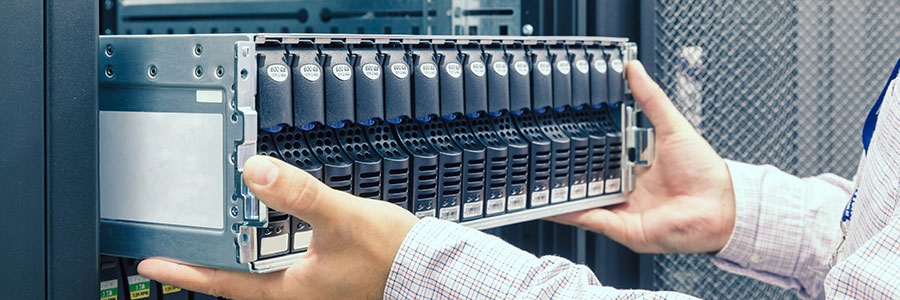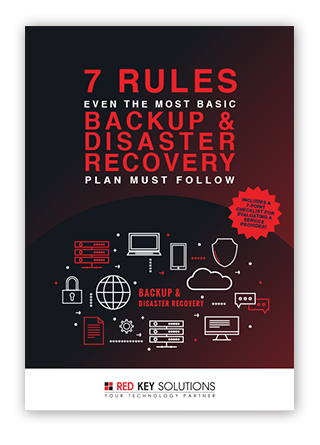
BDR 101: Methods of backing up and recovering data
Disasters can strike any business. These can run the gamut from the mundane blue screen of death to catastrophes such as hazardous weather, hardware failures, cyberattacks, and human error. But a robust backup and disaster recovery (BDR) plan will help you overcome any IT-related interruption in business operations and limit downtime costs.
Data backup is the process of duplicating data to allow its retrieval in case the original data is lost. Data recovery, on the other hand, entails salvaging lost, inaccessible, damaged, or corrupted data.
To help you understand how to protect your company data, let’s take a look at some common methods of backup and recovery.
Data backup methods
- Disk or tape backup
By far the oldest backup type, this copies your data on a physical device. Traditional tape backups are fairly inexpensive but tend to have slow backup times. On the other hand, hard disks offer faster backup times than tape, can compress data, and eliminate redundant data. The tapes and disks are then typically stored in an off-site physical vault.
- Full cloud backup
This backup method does away with local devices by sending data directly to the cloud. This means your data is backed up in a cloud provider’s remote data centers without keeping a local copy in your office.
Organizations that do not have their own data centers and in-house IT staff greatly benefit from full cloud backups since they’re easy to implement and can easily adapt to the changing needs of clients.. They’re also perfect for businesses that use a lot of cloud services since their data already lives in the cloud.
The key drawback though is that it’s highly restricted by your available bandwidth. Depending on your internet speed and machine specs, this type of backup could take much longer than a disk or tape backup. So this might not be the best approach for organizations with large and complex backup requirements because it would hog internet connections.
- Hybrid cloud backup
Combining on-premises systems with cloud resources, hybrid backups offer a less time-consuming restoration process while still providing businesses with the benefits of cloud backups. This is perfect for organizations that require quick access to their backups.
The hybrid backup process starts by making a local copy, which is then replicated in cloud storage located in multiple off-site data centers. Since it’s backed up to a local device first, this type of backup won’t make you worry about cloud replication affecting the performance of your internet connection or machines. But it’s still best to replicate to the cloud after business hours.
Download our free eBook!
Having a backup & disaster recovery (BDR) plan is non-negotiable if you want to mitigate the risks. Let us walk you through creating your own strategy with our informative eBook and learn the 7 Rules even the most basic backup & disaster recovery plan must follow.
Data recovery methods
- Recover from a local device
This type of recovery method only works for disk, tape, or hybrid cloud backups. Some solutions even allow you to spin up a virtual machine right from a local device so your business applications, settings, folders, and files can all run from that machine. Since you’re recovering from your local device, recovery happens quickly.
- Recover from the cloud
In this method, you need to download your backed up data from the cloud. This involves transferring gigabytes or even terabytes of data over the internet which could result in hours or days of downtime. Make sure you have a fast internet connection if you take this route.
- Recover right in the cloud
Also known as Disaster-Recovery-as-a-Service (DRaaS), some cloud providers can spin up a virtual machine for you in the cloud. That means you can use your data applications right from the cloud.
Choose a backup and recovery solution that best suits your company’s needs
These are just a few ways to back up and recover data. Each method has its own advantages and disadvantages and finding the perfect solution for your company can be quite confusing. It’s best to consult the IT experts of Red Key Solutions to get a customized BDR plan that’s aligned to your business goals. Secure your data today by contacting us.



